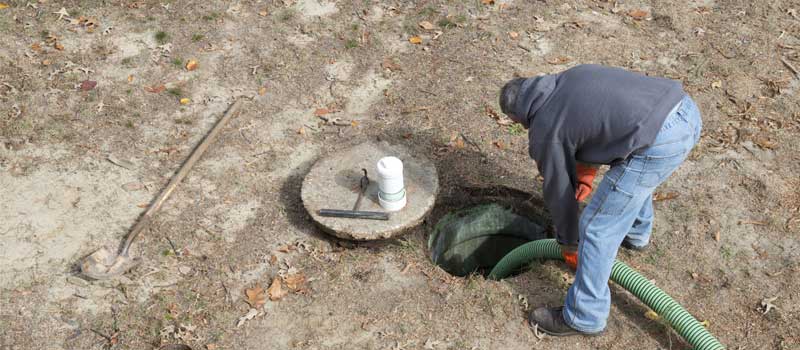A septic tank system is a method of wastewater management and treatment designed for a single home, and functions independently of a public sewer system. A typical such system has two main components: the septic tank and the drain field. The septic tank receives wastewater from the pipes in your home and separates the solid wastes from the liquids; the solid waste collects in the tank and remains there until it is pumped, while the liquid passes through into the drain field, where it is slowly released into the soil.

Inside the tank, bacteria break down solid waste into sludge. Again, this sludge does not exit the tank until it is removed by pumping. Most systems are designed to need septic tank pumping only once every few years (though some tanks may need it every other year), though needs will vary depending on the number of residents in your home. To get an expert’s assessment of your home’s needs, you can consult our team at William Dustin Septic.
The capacity of most septic tanks is calculated based on the following formula:
C = 180P + 2000 gallons, or capacity equals one hundred eighty gallons per person per day plus an additional 2000 gallons. It’s important to know that the number of people in P is not the actual number of residents in your home, but rather a number of people that the builders of the tank presume to live in a home of that size. This means that if you are family of four using a four-person tank, you should only need septic tank pumping once a year, but if you have a larger family using the same you will need to have it pumped more often.
Periodic septic tank pumping is important to maintain the function of your system–leaving it too long can cause sewage backups in your drains, or even lead to more serious problems. Call us at William Dustin Septic today to start your home on a regular pumping schedule.


